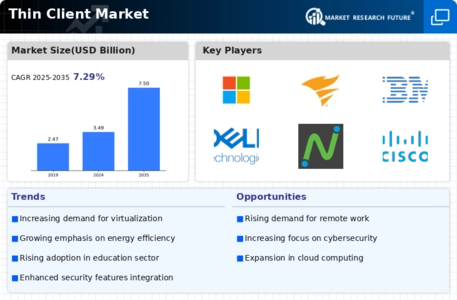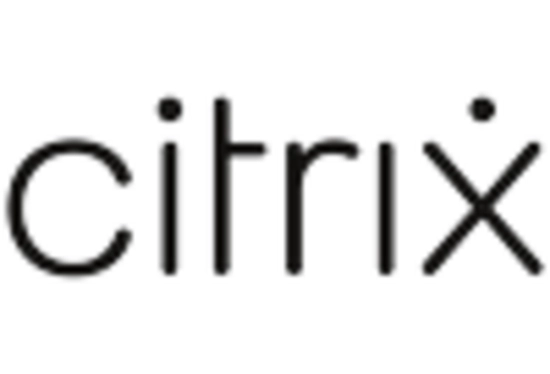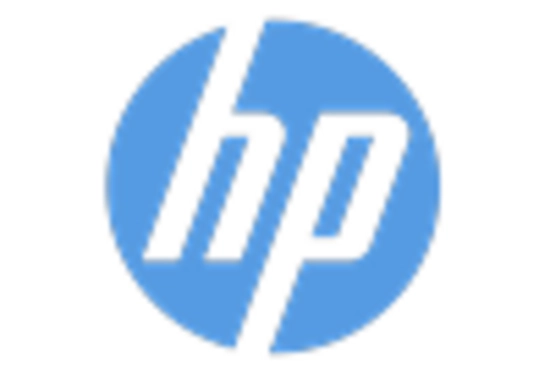Market Analysis
In-depth Analysis of Thin Client Market Industry Landscape
The Thin Client market exhibits dynamic characteristics shaped by a multitude of factors that influence its growth, trends, and overall trajectory. One of the key dynamics driving the market is the increasing demand for remote work solutions. As organizations globally embrace flexible work arrangements, the need for efficient and secure thin client solutions has surged. Thin clients, with their ability to facilitate remote access to centralized applications and data, have become integral to the evolving work landscape, driven in part by the rise of virtualization technologies and the ongoing trend of decentralizing work environments.
Cost efficiency remains a pivotal dynamic in the thin client market. Companies, especially those looking to optimize their IT budgets, are drawn to the lower total cost of ownership associated with thin clients. The reduced hardware costs, lower energy consumption, and centralized management capabilities contribute to significant cost savings over traditional desktop setups. This cost-effectiveness is a driving force behind the adoption of thin clients across various industries, particularly in sectors where cost optimization is a critical consideration.
Security considerations play a crucial role in shaping the dynamics of the thin client market. With an increasing number of cyber threats and data breaches, organizations are prioritizing secure IT solutions. Thin clients, by design, minimize security risks by centralizing data storage and reducing the attack surface. This focus on enhanced security features positions thin clients as a reliable choice for industries that handle sensitive information, such as finance, healthcare, and government. As cybersecurity concerns continue to evolve, the demand for secure thin client solutions is likely to remain a prominent dynamic in the market.
The ongoing technological advancements in cloud computing contribute significantly to the dynamics of the thin client market. Thin clients leverage cloud services for application hosting and data storage, enabling organizations to access computing resources remotely. This cloud-centric approach aligns with the broader industry trend towards scalable and flexible computing solutions. As cloud technologies evolve, the thin client market is expected to witness continued growth, with organizations seeking solutions that offer agility, scalability, and ease of management.
The market dynamics are also influenced by the emphasis on sustainability and environmental responsibility. Thin clients, with their energy-efficient design and lower carbon footprint, appeal to businesses striving to reduce their environmental impact. As corporate sustainability initiatives gain prominence, the eco-friendly nature of thin clients becomes a significant dynamic in the market. Companies that prioritize environmentally conscious solutions are more likely to adopt thin clients as part of their broader commitment to sustainability.
Interoperability and compatibility are critical dynamics shaping the thin client market. Businesses operate in diverse IT environments with varying infrastructures, and the ability of thin clients to seamlessly integrate with different systems enhances their appeal. The compatibility of thin clients with virtualization technologies and support for multiple operating systems contribute to their versatility. This adaptability allows organizations to implement thin client solutions without major disruptions to their existing IT setups, making them a practical choice in dynamic business environments.








Leave a Comment